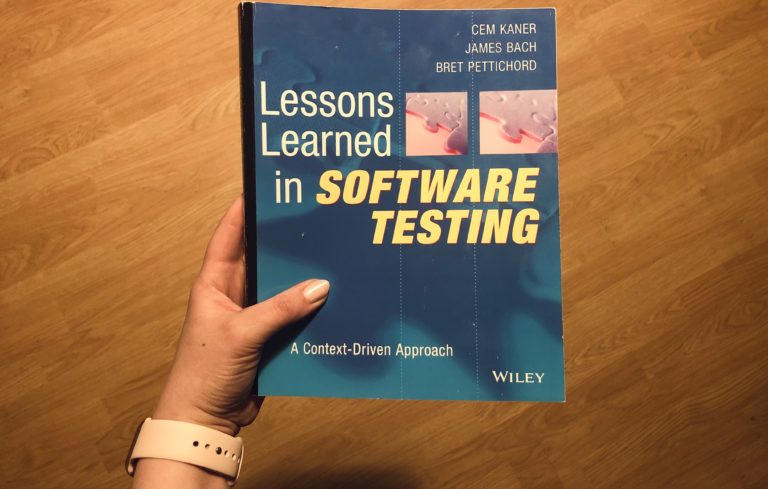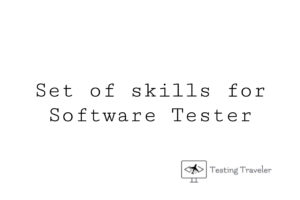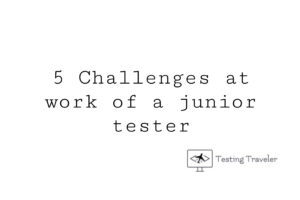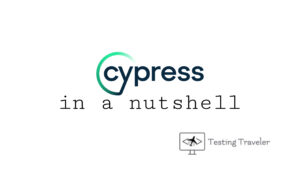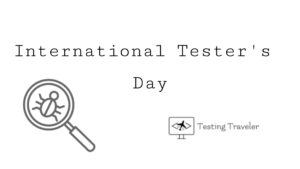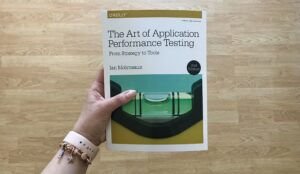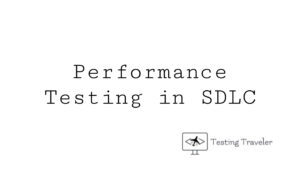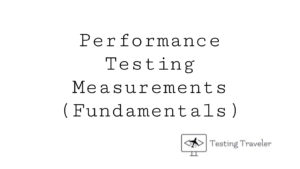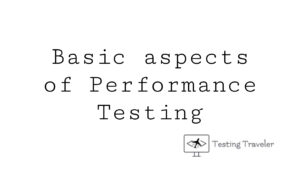In my last post, I mentioned the Lessons Learned in Software Testing written by Cem Kaner, James Bach and Bret Pettichord. I will write about it more in this post.
Why this book?
When I read the book about Exploratory testing techniques and routines to make you a better Tester, I felt that something important is missing me. I wanted to read something meaty, something that describes Software Testing roots. Something where I can find people’s experience about Software Testing. Lessons Learned in Software Testing was an ideal example of that what I wanted to find.
About authors
Cem Kaner is a Professor of Software Engineering at the Florida Institute of Technology. He teaches and researches in areas such as software engineering, software testing, and software metrics. He has published what became, at the time, “the best selling book on software testing” Testing Computer Software.
James Bach is a co-founder of the Context-Driven School of software testing thought. This is a community of practice, as well as a paradigm for thinking about testing. He created the first-ever class in Exploratory Testing and also created the Rapid Software Testing methodology.
Bret Pettichord is an independent consultant specializing in software testing and test automation. He has extensive experience with automated testing tools, including commercial, open-source, and home-built tools using over a dozen languages. Emphasis on agile methods.
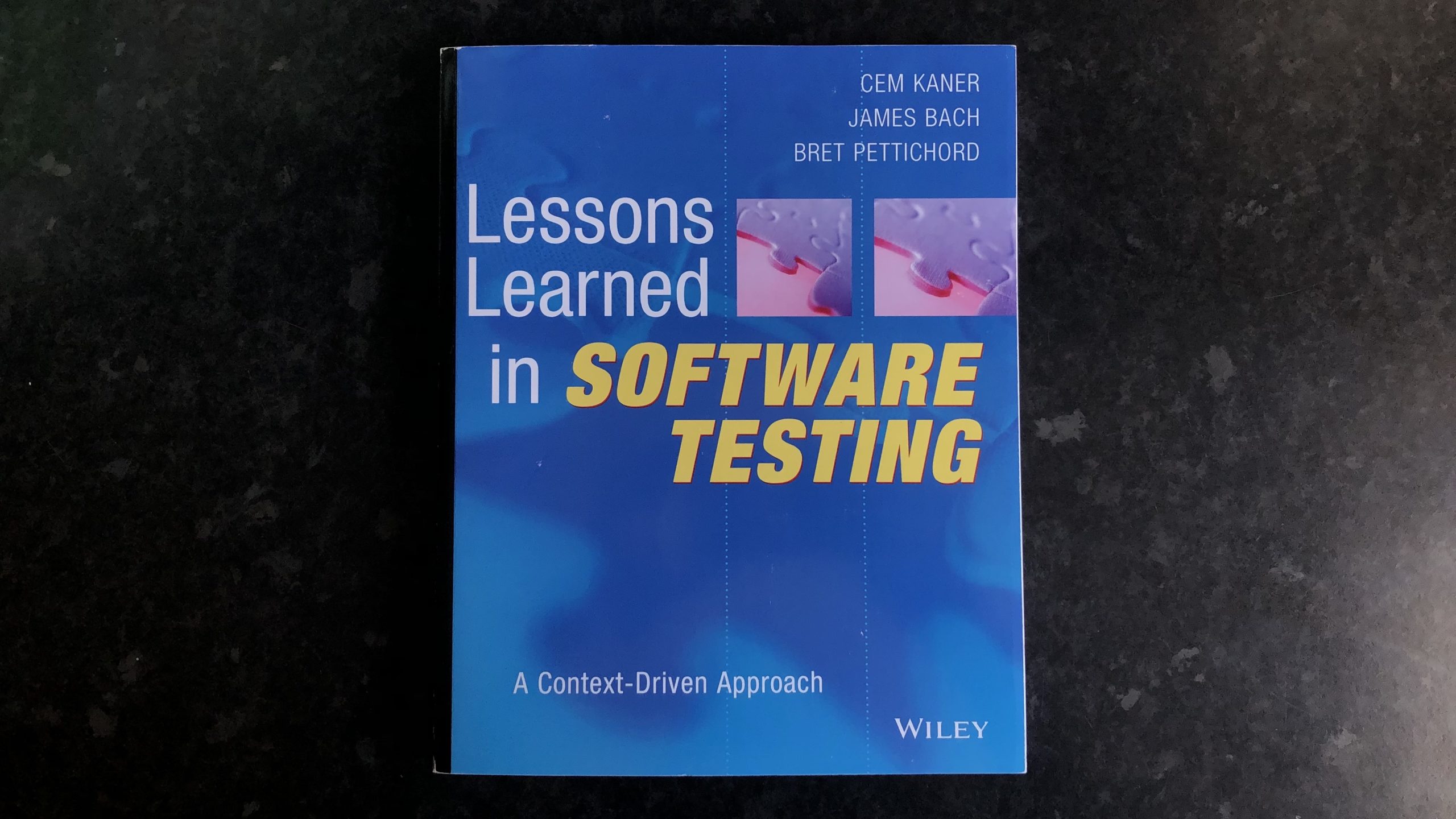
What is that book about?
Lessons learned in Software Testing book is about the experience in i.a., software testing, software development, and software engineering. It presents a context-driven approach to Software Testing, practices in Software Testing, and much more. This book is for Testers, Test Managers, and everyone who collaborates with the Test team. This book helps the Reader to evaluate situations in an appropriate way.
What else you can find else in this book?
We can also find here the guide on how to use this book to get the most knowledge from it. Moreover, we can find a few notes on Vocabulary that make us better understand the terminology, and what is more important, we could remember the most of practices we gained during the reading.
How is that book constructed?
The book contains 293 lessons included in 11 chapters. once we’ve started to read this book, we need to read this book partially. What does it mean? That means, we ought to read each lesson and think about it, this process makes the lesson useful and provide us insight. Lessons are based on the author’s experience, which can be good advice for the Reader.
If you think about the book where you can find a lot of testing knowledge (and not only), I can recommend that book for everyone involved in testing activities. I have read this book once from start to finish to make myself better at coming back to lessons when I need. It is normally not a good approach to read this book, but what I wanted to do is I wanted to make it easier to navigate the most important lessons in this book. This book helps the Reader to evaluate situations appropriately.
This post wasn’t so long but I hope that you enjoyed the reading 😀
The next post will arrive soon 😁
